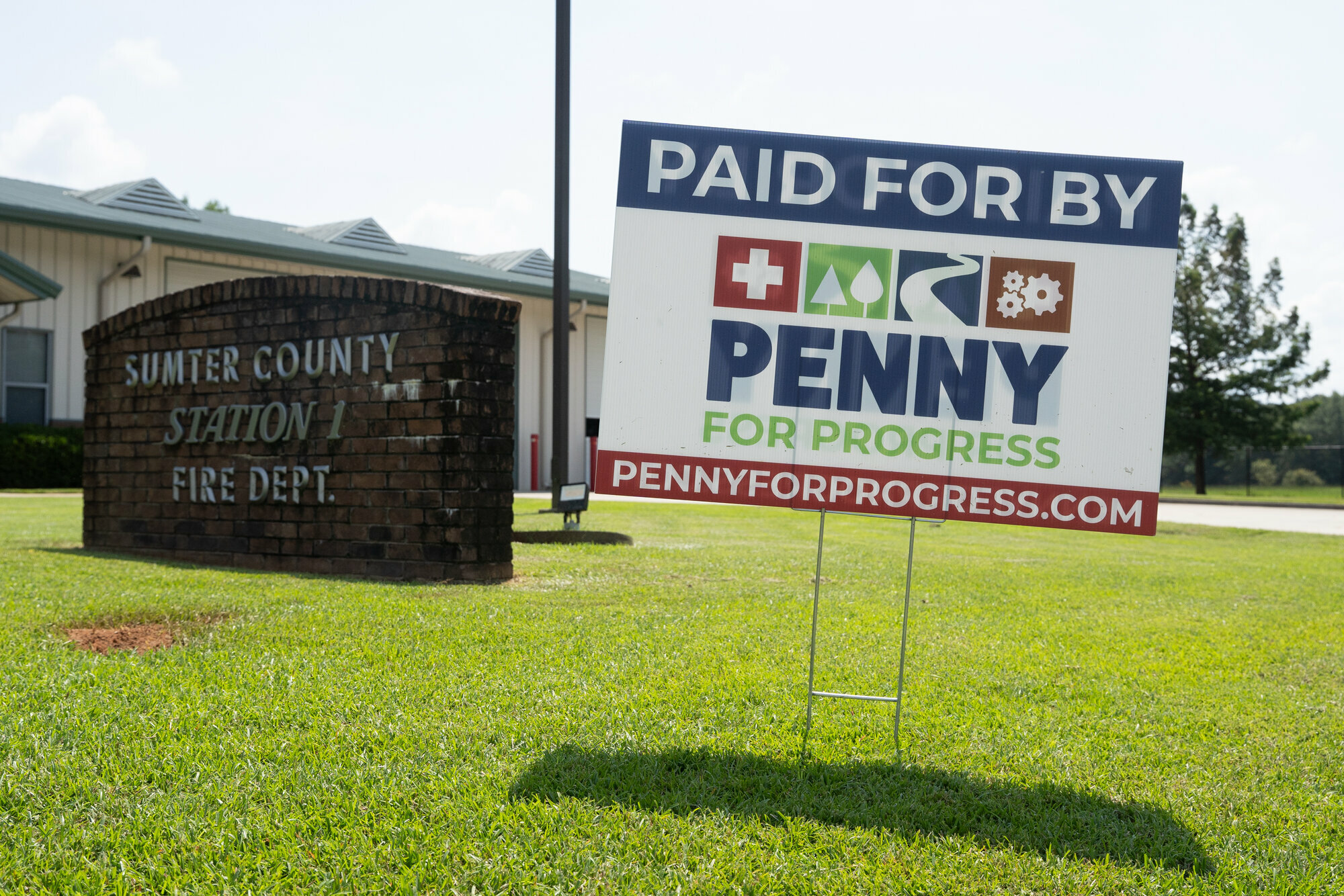Penny on the ballot: A closer look into the Penny tax with Chairman Bynum
alaysha@theitem.com
With the capital penny sales tax up for a vote in the upcoming election, decisions surrounding funding for various infrastructure and quality-of-life projects hang in the balance.
To provide a comprehensive understanding of what's at play, Ed Bynum, chairman of Penny for Progress 2024, delved into the goals behind the tax, how money will be allocated if it passes and what this could mean for the future of Sumter.
Item: How do you see the Penny for Progress items benefiting Sumter's overall economic growth and community development?
Bynum: "Public safety, quality of life, infrastructure and economic development are the four consistent pillars of priority we have identified and have primarily tried to focus on projects needs in those categories. Obviously, going back to the success of the 2008 and 2014 penny campaigns, we saw significant improvements in all areas of the county: fire and rescue, public safety, park and recreational enhancements, critical infrastructure improvements with connectivity and safety at mind.
With the 2024 campaign, we have heard for more than 10 years now that there are other needs, and this year's campaign and list tries to reach some of those needs. Again, roads are of importance, as is public safety, EMS, fire and supporting apparatus. We have improvements to park and recreation facilities and community center enhancements in rural districts. Again, the penny does not fix everything, but it touches a part of nearly all of our 104,000 residents. We have all seen Sumter grow and improve since the first penny passed in '08. We as a community must come together for this passage, as it is a keyhole to our future."
I: Why is it important for these specific items to be funded through the penny tax, and how does this decision impact Sumter's economic strategy?
B: "Many of the items on the list, and there are 30 total projects, meet a need or requirement threshold. While the list is not all encompassing to fix every ailment in our community, it is critical because many of the funds will be used to match additional state and federal dollars to accomplish the tasks ahead. We have seen the value in previous "penny" allocations as it directly influenced economic development and job creation projects, like BD's expansion, Continental Tire's location, eVac's decision to build here and many others. It is a reflection of the community's interest in moving ahead. When outsiders see us investing in ourselves, they are more inclined to consider Sumter as a viable location for their investments."
I: Could you outline the process for how the penny tax money is allocated for community improvements, and what role does Sumter EDGE play in that process?
B: "Should our citizens favorably elect to proceed with the 2024 referendum called the 'Penny for Progress,' the one cent will begin being collected by the South Carolina Department of Revenue in spring 2025 and continue for eight years. The county will take out a bond to begin tackling the projects that can be addressed immediately and begin to seek additional funding matches from state and federal sources. The state will send the proceeds on a quarterly basis and, as funds come in, the county will apply the payments to the bond. The projects by state law cannot be changed, and all projects stated must be completed. The county of Sumter will administer the projects in coordination with the City of Sumter and all the other pertinent agencies and organizations. The Sumter EDGE's role in the campaign is to be the conduit and coordinator for the education and awareness portion of the campaign. No public dollars are being spent from either the city or county to market and promote this referendum."
I: If you know, how were the current Penny for Progress items chosen, and how do they align with Sumter's broader goals for future development?
B: "There was a commission of six citizens appointed by city and county councils. It is my understanding Mayesville and Pinewood rotate, so this year one of the six was from Mayesville. They worked closely with city and county councils along with administrators and departments to identify needs of the community. County council approved the list of projects."
More Articles to Read

